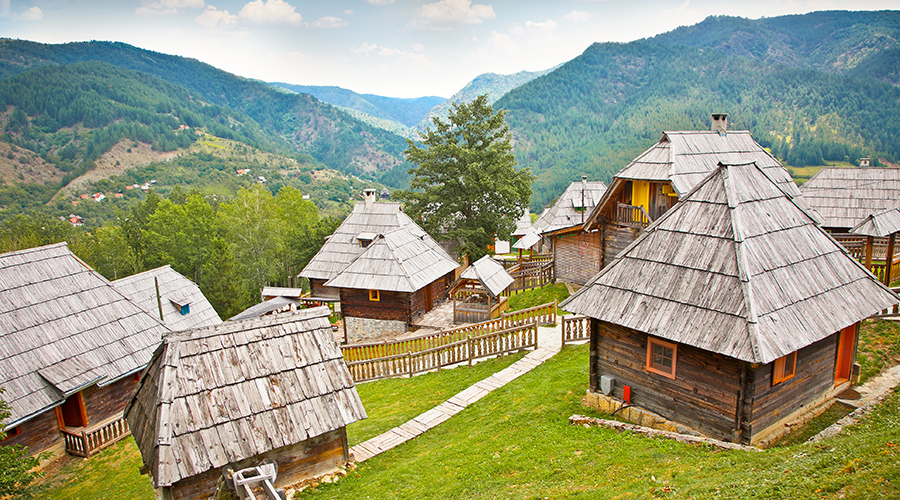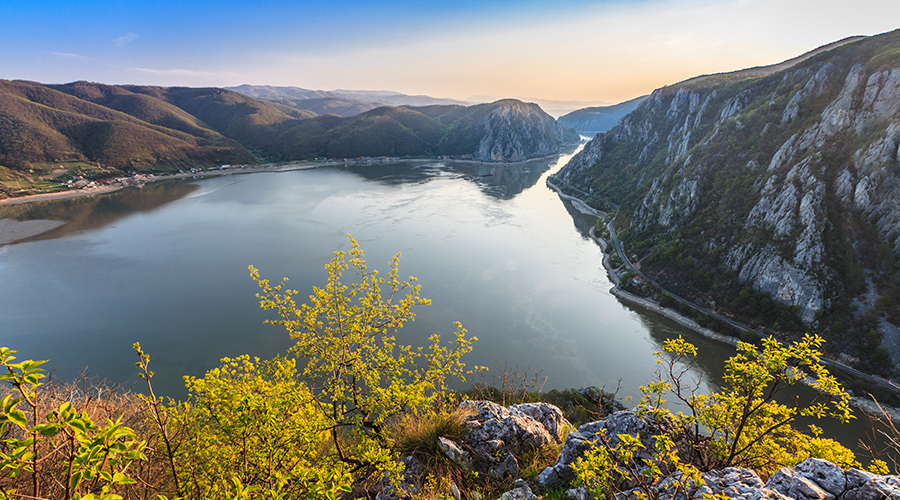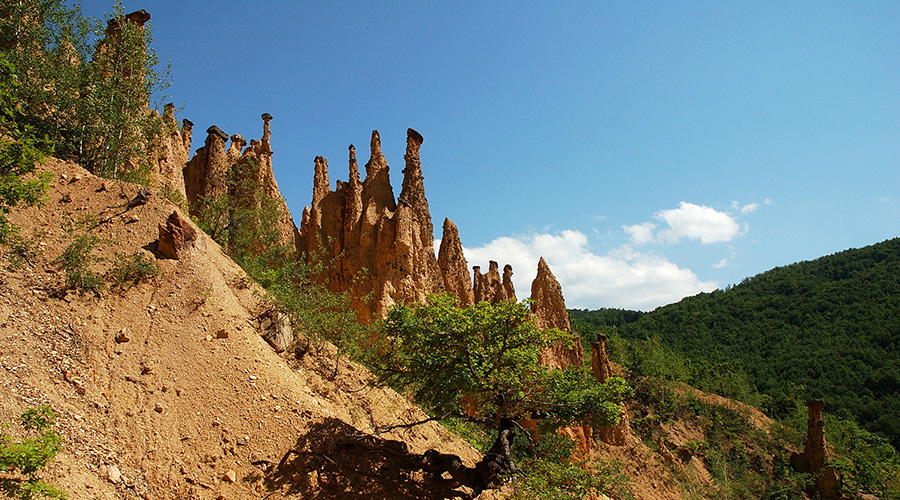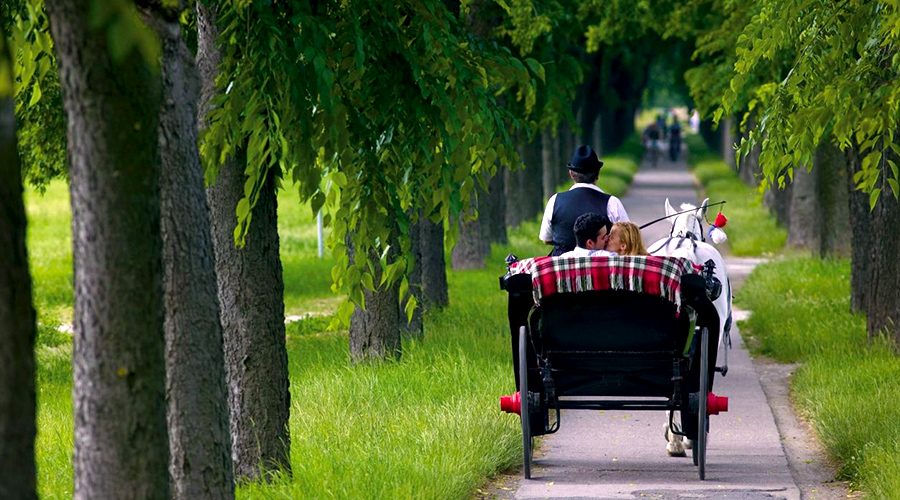Serbia, Croatia, Slovenia, Montenegro, Bosnia in 12 days
Slovenia & Croatia
Ljubljana - capital of Slovenia which lies at the confluence of the Sava and Ljubljanica rivers, between the Alps and the Adriatic Sea. Drive to Bled lake which with its natural beauties represent a pearl amongst European tourist places. Zagreb, the capital of Croatia, city that has rich civil and cultural heritage, dating from the pre-historic period and archaeological finds of the Roman culture up to the present. Plitvice - Croatia's first National park established in 1949 covers 296.85 km2 of breathtaking natural beauty with it’s 16 lakes. The park was inscribed on the UNESCO's World Heritage List in 1979, in recognition of its "outstanding natural beauty and undisturbed production of travertine (tufa) through chemical and biological action". Split, the second largest city in Croatia, and is the largest city on the Adriatic coast. Coupled with its strong history - it emerged from a settlement around a palace built by Roman emperor Diocletian, and the city was also important within Yugoslavia - this lively city sure is worth a visit, however brief. Dubrovnik - - the city of a unique political and cultural history (the Dubrovnik Republic, the Statute from 1272), of world-famous cultural heritage and beauty (inscribed on the List of World Heritage Sites by UNESCO) - is one of the most attractive and famous cities of the Mediterranean. Apart from its outstanding natural beauties and well-preserved cultural and historical heritage, Dubrovnik also offers high-quality visitor opportunities.
Bosnia & Montenegro
Montenegro seaside: Boka Kotorska bay, as the only fiord on the Mediterranean, was added to the list of twenty five, the most beautiful bays in the world in July 2000. Visit to Perast is a sleepy baroque place near Kotor, and the Church of Our Lady of the Rock (Gospa od Skrpjela) build in 1630, a church built in the baroque style on top of an artificial island. Kotor is a town of rich cultural tradition and one of the best preserved sights in the Mediterranean area. The Old City of Kotor is built between the 12th and 14th century. Medieval architecture and numerous monuments of cultural heritage have made Kotor a UNESCO listed “World Natural and Historical Heritage Site". Bosnia - Sarajevo is one of the most historically interesting and varied cities in Europe. It is a place where the Western & Eastern Roman Empire split; The city is historically famous for its traditional religious diversity, with adherents of Islam, Orthodoxy, Catholicism and Judaism coexisting there for centuries.The historic town of Mostar, spanning a deep valley of the Neretva River, developed in the 15th and 16th centuries as an Ottoman frontier town and during the Austro-Hungarian period in the 19th and 20th centuries. Mostar has long been known for its old Turkish houses and Old Bridge, Stari Most, after which it is named. In the 1990s conflict, however, most of the historic town and the Old Bridge, designed by the renowned architect Sinan, was destroyed. The Old Bridge was recently rebuilt and many of the edifices in the Old Town have been restored or rebuilt with the contribution of an international scientific committee established by UNESCO.
Serbia
Serbia - The extensive rolling plateau of Zlatibor is located in southwestern Serbia, at a height of between 700 and 1500 m above sea-level. The open-air museum of folk architecture that is the Staro Selo (Old Village) ethnic village in Sirogojno has typical 19th-century Zlatibor farmsteads on display.Morning ride on Shargan’s eight train, an old fashioned narrow-gauge railway. Its construction was finished in 1925. It is running from the village of Mokra Gora to Shargan Vitasi station. Ovcar & Kablar gorge, the pearl of nature, so rich in unique creations of diligent builders... drive on boats on the Morava river. Belgrade - the turbulent and rich history of city is visible on/at every step. The centre of the city is a mixture of so many different architectural styles and traditions! One may say that Belgrade is a living example of architecture of the past two centuries. This two-million city is a perfect melting pot of twenty-eight different ethnic groups that live in Serbia.
1. day, Ljubljana
- Arrival to Ljubljana.
- Transfer to hotel
- Accommodation, Dinner & overnight
2. day, Bled Lake
- Breakfast
- Sightseeings & lunch
- Accommodation, dinner & overnight
3. day, Zagreb, Plitvice lakes
- Breakfast & transfer towards Zagreb
- sightseeings & lunch
- Accommodation, dinner & overnight in Plitvice
4. day, Split
- Breakfast
- Sightseeings. transfer to Split & Lunch
- Accommodation, dinner & overnight in Split
5. day, Dubrovnik, Kotor
- Breakfast, Transfer toward Montenegro
- Sightseeings & Lunch
- Accommodation, dinner & overnight in Kotor
6. day, Montenegro seaside
- Breakfast
- full day sightseeings & lunch
- dinner & overnight in Kotor
7. day, Mostar, Sarajevo
- Breakfast, departure to Mostar
- Sightseeings & lunch
- Accommodation, dinner & overnight in Sarajevo
8. day, Višegrad
- Breakfast
- Sightseeings & lunch
- Accommodation, dinner & overnight on Zlatibor
9. day, Zlatibor
- Breakfast
- Sightseeings & lunch
- Accommodation, dinner & overnight on Zlatibor
10. day, Ovcar-Kablar Gorge, Belgrade
- Breakfast, departure via Ovcar Kablar gorge to Belgrade
- Sightseeings & lunch
- accommodation, dinner & overnight in Belgrade
11. day, Belgrade
- Breakfast
- Full day sightseeings & lunch
- Accommodation, dinner & overnight
12. day, Belgrade
- Breakfast
- Free time till departure
- Transfer to airport
Tour Includes
- transfers services
- hotel accommodation in double/twin rooms on BB basis
- full board starting from day 01 up to day 06
- entry fees & visits to monasteries and program's sightseeings
- licensed guide in english language
- tour organization / agency support during the tour
Tour Exclude
- flight tickets
- personal expenses




